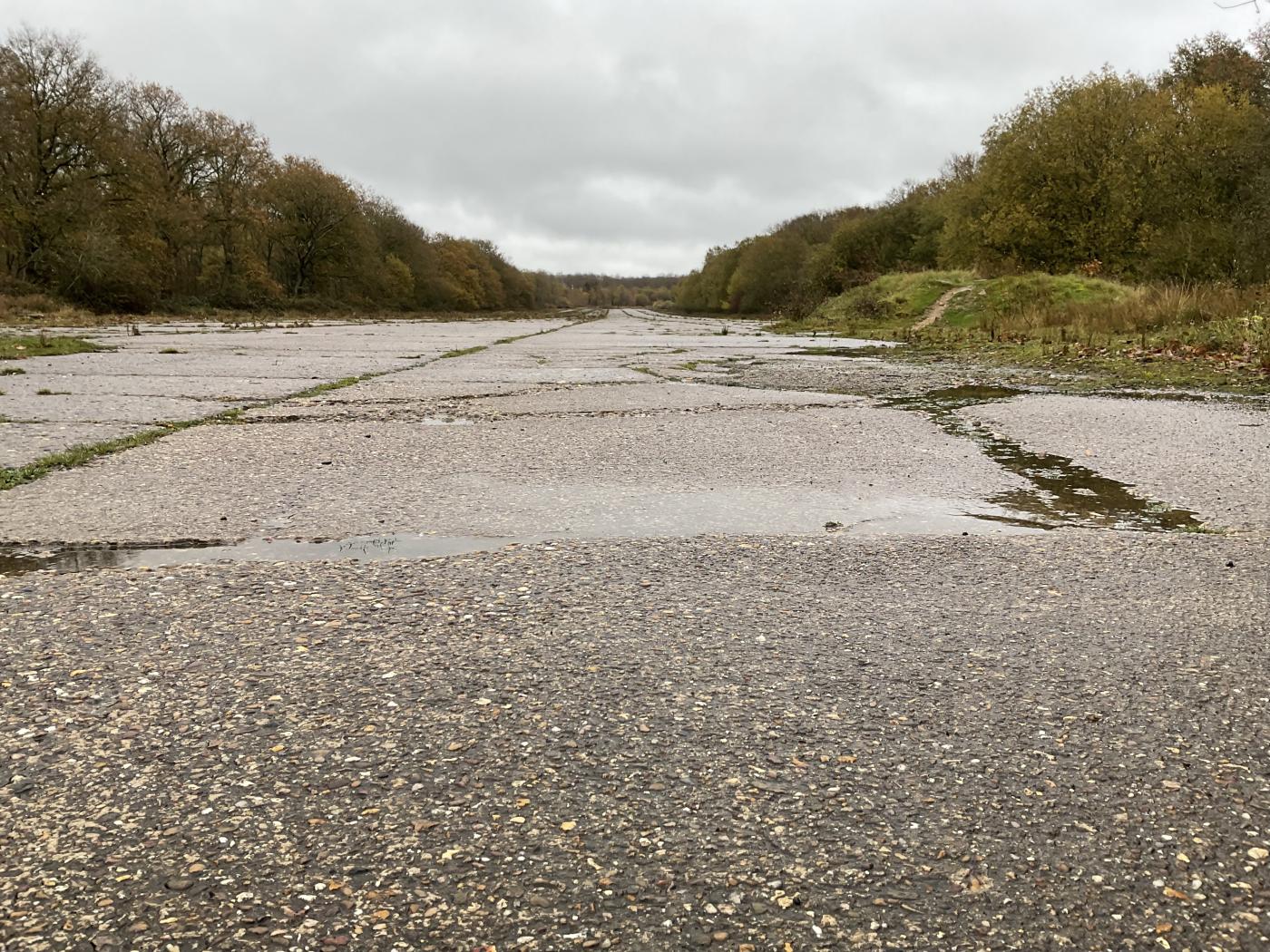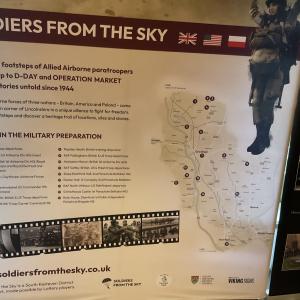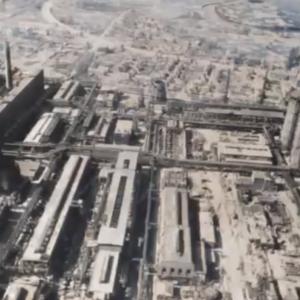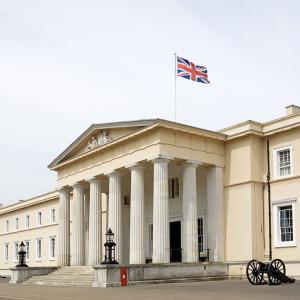
RAF North Witham Airfield
RAF North Witham, known to the United States Army Air Forces as Station 479, played a quiet but extraordinary role in the hours before the D-Day landings. Hidden among the Lincolnshire woods and farmland, the airfield had an unassuming appearance: long runways cut into the landscape, dispersal points scattered like stepping stones among the trees, and a distant hum of engines that grew into a defining soundtrack of 1944. Yet it was from this modest airfield that one of the most daring and decisive airborne operations of the Second World War was launched.
On the night of 5 June 1944, a fleet of C-47 Dakotas warmed their engines at North Witham, each one carrying a team of specially trained pathfinders whose task would shape the success of the invasion. These men were chosen from the 82nd and 101st Airborne Divisions, volunteers who understood the danger of what they were about to attempt. Their mission was simple in principle but terrifying in execution: parachute behind enemy lines in complete darkness, often miles from friendly forces, set up navigational aids, and mark drop zones for the main airborne assault. Because they would be the first Americans to land in occupied France on D-Day, and because their isolated jumps made survival uncertain, they became known by a grim nickname whispered around the station: the Suicide Squad.
Each Dakota carried around twenty pathfinders along with crates of delicate but vital equipment. The most important tools were the Eureka transmitters, compact but powerful radio beacons that could send a guiding signal into the night sky. High above, incoming transport aircraft carried Rebecca receivers, devices designed to detect the Eureka signal and lead pilots straight to the correct drop zone. This system, when it worked, allowed aircraft to navigate through darkness, German flak, and bad weather with a degree of precision that had never been achieved before in such an operation. Alongside the radio gear, the pathfinders also carried visual markers such as holophane lights and coloured panels that could be laid out in precise patterns on the ground. These lights were shielded, dim, and difficult to spot from a distance, which meant that a German patrol might pass within yards without noticing them—yet for the approaching troop carriers, they stood out like a runway.
The men who took off from North Witham were not just skilled paratroopers; they were navigators, radio specialists, and technicians trained to operate under fire. Their preparation had taken months and saw them practicing night jumps, equipment placement, and silent coordination. Even with all this training, their fate depended on weather conditions, enemy anti-aircraft fire, and the luck of landing in the right field rather than a flooded marsh, a hedgerow, or the middle of a German strongpoint. Stories circulated after the war of pathfinders landing directly among enemy troops, of beacons set up under fire, and of teams becoming separated in the chaos yet still managing to carry out their tasks.
Among the little-known details of that night was the difficulty posed by cloud cover and high winds over the Cotentin Peninsula. Many aircraft drifted off course, and some pathfinder teams were scattered across the countryside. Even so, enough beacons were activated in time for the main assault waves to locate their drop zones with far better accuracy than would otherwise have been possible. The success of the airborne element of Operation Neptune owed much to the work done by the pathfinders who had left the safety of the North Witham runways just hours earlier.
The airfield itself would not remain active for long after the war. North Witham became a forestry site and later a car-testing track, its wartime past gradually fading beneath the trees. But hidden among the undergrowth, fragments of concrete and rusting metal still hint at the drama of that June night when the Dakotas, heavy with men and equipment, rose into the darkness. Every aircraft that lifted off carried not only pathfinders but also the weight of the invasion’s success on its wings.
Today, the work of the pathfinders from Station 479 is often overshadowed by the larger airborne operations of D-Day, yet their contribution was essential. They were the first to jump, the first to fight, and the ones who lit the invisible road that guided thousands of paratroopers into the heart of occupied France. Their flight from RAF North Witham remains one of the most daring beginnings to the greatest amphibious assault in history. The disused runway pictured as it appears today takes on an eerie feel when one understands the fate-filled night it once witnessed, a silent strip of concrete that holds the memory of those who ventured into the darkness to light the way for others.










